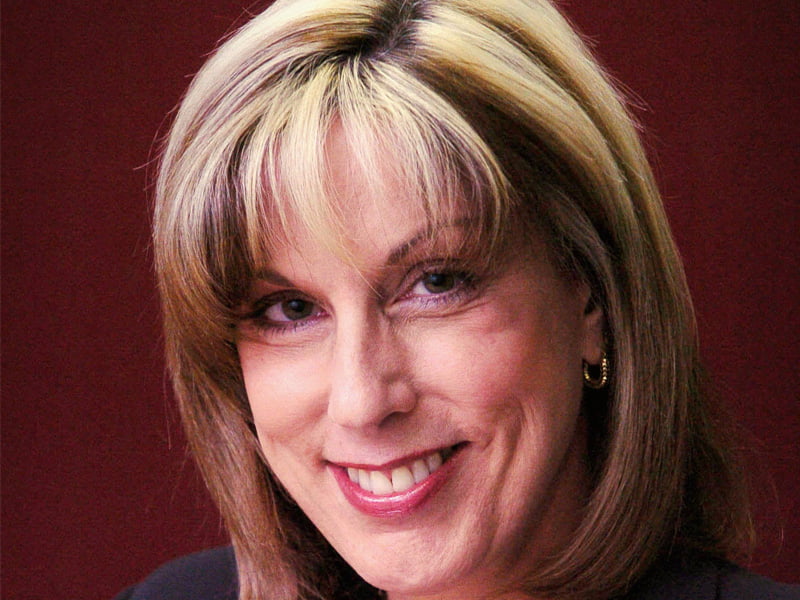The US famously went from nowhere to the moon in ten years, so maybe Australia can get a space agency up and running in three times that time period.
We’ve been clucking, fussing and reviewing the potential for a more co-ordinated reach into the heavens since the mid-nineties and now local space cadets will get their chance to add their thoughts to our latest space capability review.
The Federal government announced Thursday that the consultation process seeking broad input on Australia’s space industry capability had begun.

Interested parties have until August 22 to get their written submissions to the space capability review that kicked off in July under the wing of an Expert Reference Group, chaired by former CSIRO chief executive Dr Megan Clark.
The review will hold roundtable discussions in capital cities beginning in late August.
The group is expected to report its findings in March and there is a strong possibility that among the recommendations, there will be the suggestion that we form a space agency to help co-ordinate our efforts in attempting to cash-in on a sector that is ballooning almost as fast as the Sydney property market.
The global space sector has been blasting along at a compound annual growth rate of 9.52 per cent from 1998 to 2015 and was worth about US$323 billion in 2015, according to US-based research group the Space Foundation.
We know the possibility of recommending the formation of an agency is strong because previous space industry reviews reaching back to the mid-nineties – and including further federal government reviews in 2005 and 2008 – called for the launch of that very thing.
There’s also the politically embarrassing factoid that we are one of only two OECD countries that does not have a space agency.
Then there’s the latest space opportunities we are mostly missing out on, headed by the booming interest in so-called nanosatellites.
These are cheap, tiny sats carrying about as much electronics as a smart phone that are launched (again cheaply) into low earth orbits where they can do everything from resources prospecting to supplying communications to remote areas.
Nanosat orbits typically degrade within two to four years, and then the little suckers burn to dust on re-entry.
But that’s a feature because their even cheaper replacements then get launched carrying the latest improvements and upgrades. This compares with your size-of-a-car traditional satellite which has high launch costs, stays up for a decade or more, and then becomes a piece of obsolete space junk.
India and its ISRO space agency are fast becoming world leaders in low cost, small sat launches and the country set a world record this year when it launched 101 nanosatellites – as well as three other larger satellites – to annihilate the previous Russian 2014 record of 37 satellites launched in a single mission.
We even have our very own, back door ASX-listed, nanosatellite stock market darling in the form of Sky and Space Global, a UK company, headed up by ex-Israeli space agency smarts that wants to launch a cloud of 200 nanosats that will provide narrowband comms to the earth’s equatorial regions by 2020.
Meanwhile, we are conducting a ‘timely’ review which Industry minister Arthur Sinodinos guided off the launch pad last month.
“I believe that Australia can participate in the global space sector and through development of the technical capability and knowledge required for this demanding sector, we will develop skills to grow other advanced manufacturing industries in Australia,” Mr Sinodinos said in a statement at the time.
“This review is timely, given the current pace of change in the international space sector and advances in technologies that provide an environment that encourages commercial investment in space activities. of Australia’s involvement in a sector that is growing rapidly, with exciting opportunities for the nation to create new, globally competitive industries and to support the growth of new high-tech jobs.”
Veteran science writer Leigh Dayton wrote a PhD thesis which in part explored Australia’s lost innovation opportunities, one of which was space.
“Everything old is new again. Australia had a very important role in the early space industry. The UK’s first orbital satellite launch in 1971 went from Woomera – we had a con-joined program going with them.”
“It all went downhill from there, we gave the industry away and it was basically a political decision,” says Ms Dayton.
“We are the land of the lost innovation.
Given previous space reviews, she finds it difficult to understand why we need another one.
“It’s time to get moving. It’s time to establish an organisation that has some continuity to it and won’t be dropped because of partisan political wrangling.”
Advocates of our latest space review will argue that if we are going to fund a space agency and other space related stuff we may as well get it right.
But perhaps it’s time to just ‘light this candle’ as Alan Shephard said as he sat frustrated by last minute glitches inside his Freedom Seven capsule on May 5, 1961, waiting to be the first US astronaut into sub-orbital space.
Mr Shephard made it into space and back to earth.
Do you know more? Contact James Riley via Email.

